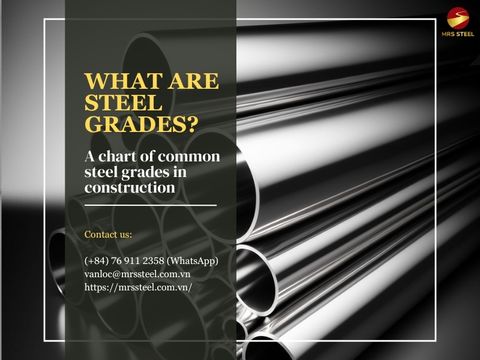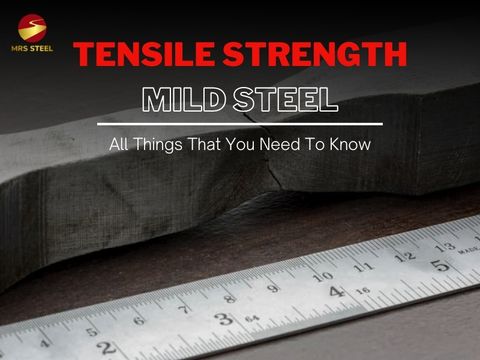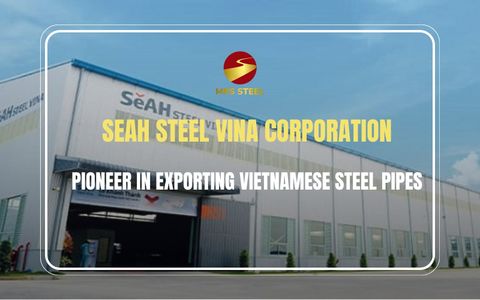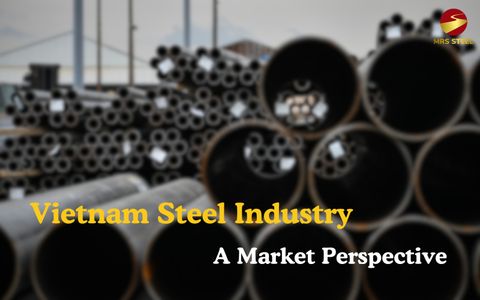Aluminum vs Stainless Steel Pipes and Tubes: Key Differences

BlogDate: 11-09-2023 by: Ngoc Cam
Pipes and tubes are present in many applications in automotive, aerospace, agriculture, architecture,... The use of aluminum or stainless steel pipes and tubes will need to be justified on the characteristics and requirements of the project. To help you choose the best option, here are some differences between stainless steel and aluminum pipes and tubes.
1. Top 5 differences Aluminum and Stainless Steel Pipes and Tubes
1.1. Strength
Aluminum and Stainless steel pipes and tubes are high-strength materials with good bearing capacity. However, compared to weight, aluminum is lighter than steel, so it is suitable for nature projects both strength and lightness are needed. Meanwhile, stainless steel is an alloy with high carbon, chromium and molybdenum components, making steel harder, more resistant to impact, stress and pressure than aluminum. These outstanding properties make stainless steel tubular products one of the most durable industrial materials.
1.2. Weight
Compared to weight, steel is 2.5 times heavier than aluminum, so for applications that need lightness such as household appliances (kitchen utensils, medical instruments) or aerospace, aluminum pipes and tubes are more preferred. In contrast, for projects that do not require weight, stainless steel will be used to save costs

1.3. Cost
Aluminum and stainless steel pipe and tube prices flux based on market fluctuations and input fuel costs. The commercial quality of aluminum and stainless steel are similar in price per kilogram, but in terms of cost, aluminum is typically more cost-effective then stainless steel.
1.4. Corrosion resistance
Both materials have corrosion resistant properties, but stainless steel pipes and tubes have an edge thanks to the structure with more chromium and molybdenum components - effective protective and against corrosion coatings.
The thin layer of aluminum oxide protects aluminum pipes and tubes from rust but cannot avoid corrosion under the effects of the environment (weather, climate, humidity,...).

1.5. Conductivity
Compared to other metals, stainless steel is a poor conductor, while aluminum is known for its good thermal and electrical conductivity. That is why electronic components in cars, air conditioners, high voltage power lines or heat conduction applications (kitchen suction pipes, boiler systems, ...) are made from aluminum.
2. Applications of aluminum and stainless steel pipes and tubes
2.1. Construction
The strength of stainless steel pipes and tubes to be used as a material for the bones of high-rise buildings, stadiums, roads, stairs and other projects requiring high durability.
The majority of skyscrapers in the world are made from aluminum because of its lightness and strength-to-weight-ratio making it the ideal material, sturdy and time-saving in construction.
2.2. Energy
Steel frameworks are key for nuclear power, natural gas, solar energy projects,... Stainless steel pipes and tubes are also used as transformer cores, electromagnetic shields and construction details of cranes and forklifts.
Aluminum's low density and high thermal conductivity are suitable for power transmission lines. It is an excellent alternative to copper as it has both better electrical and thermal conductivity, low cost and ease of maintenance.

2.3. Transportation
In addition to being the main material in the automobile manufacturing industry, stainless steel pipes and tubes are also used to manufacture rails, jet engine components, boats and other high-strength transportation requirements.
Meanwhile, the aerospace industry's need to increase fuel efficiency has made aluminum the critical metal in constructing planes, spacecraft and many other modern vehicles.
2.4. Packing and consumer goods
More than half of the weight of household appliances such as refrigerators, ovens, washing machines, air conditioners,...comes from stainless steel. Steel pipes and tubes are also commonly used in metal stairs and small details such as screws, nails,...
Aluminum products are coated with a durable aluminum oxide layer, preventing the aluminum inside from melting and making it safe for consumers' health. Thanks to this advantage, it is widely used in making kitchenware and food packaging and an essential material in electronic devices such as phones, televisions, computers, and LED bulbs,...
Distinguishing the critical differences between aluminum and stainless steel pipes and tubes will help you easily choose the suitable material for the nature of the project. Vietnam is a significant exporter of stainless steel and aluminum products worldwide. For all questions and needs to import high-quality Vietnamese steel, please contact MRS Steel via Whatsapp: +84 76 911 2358 for the most attentive support.























































